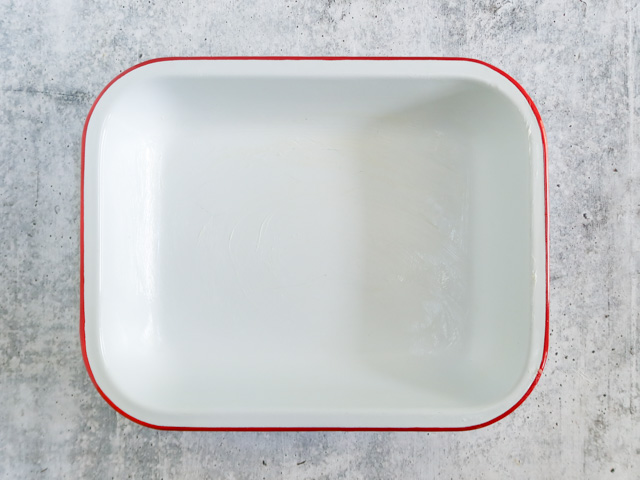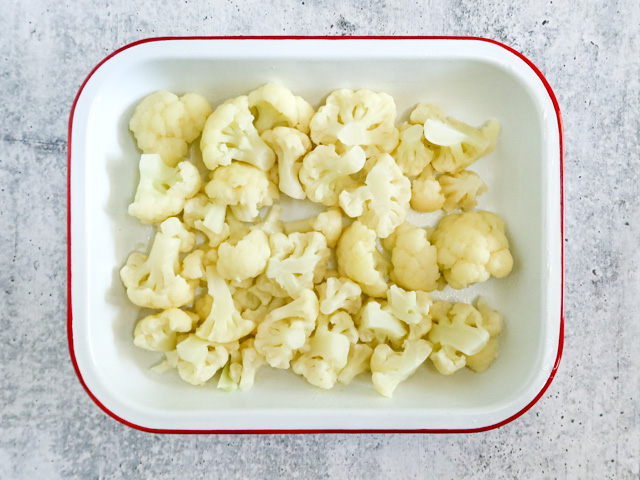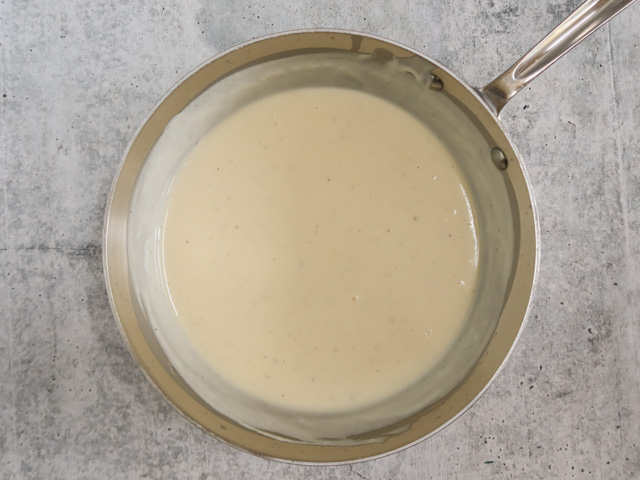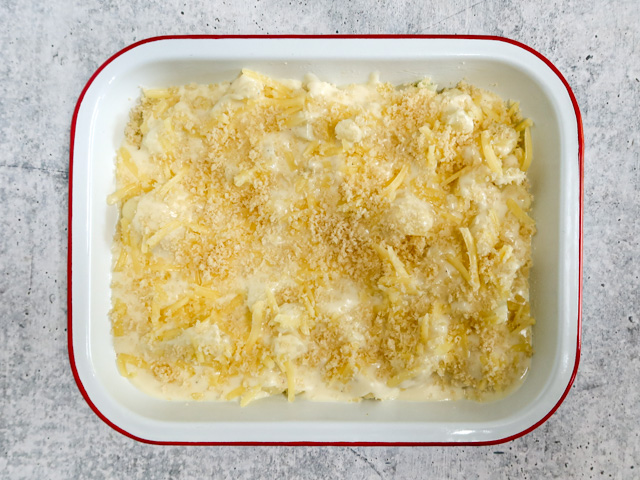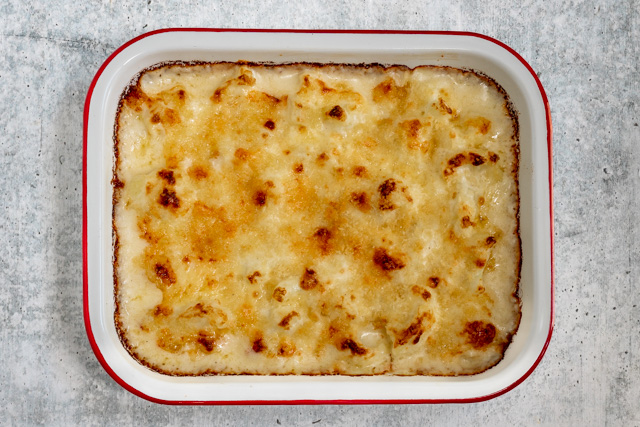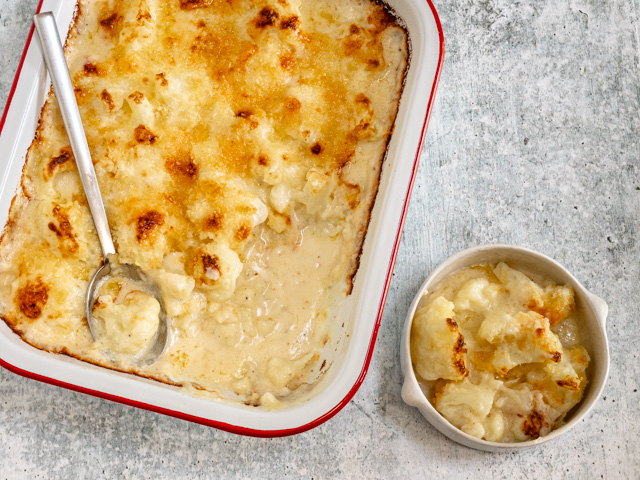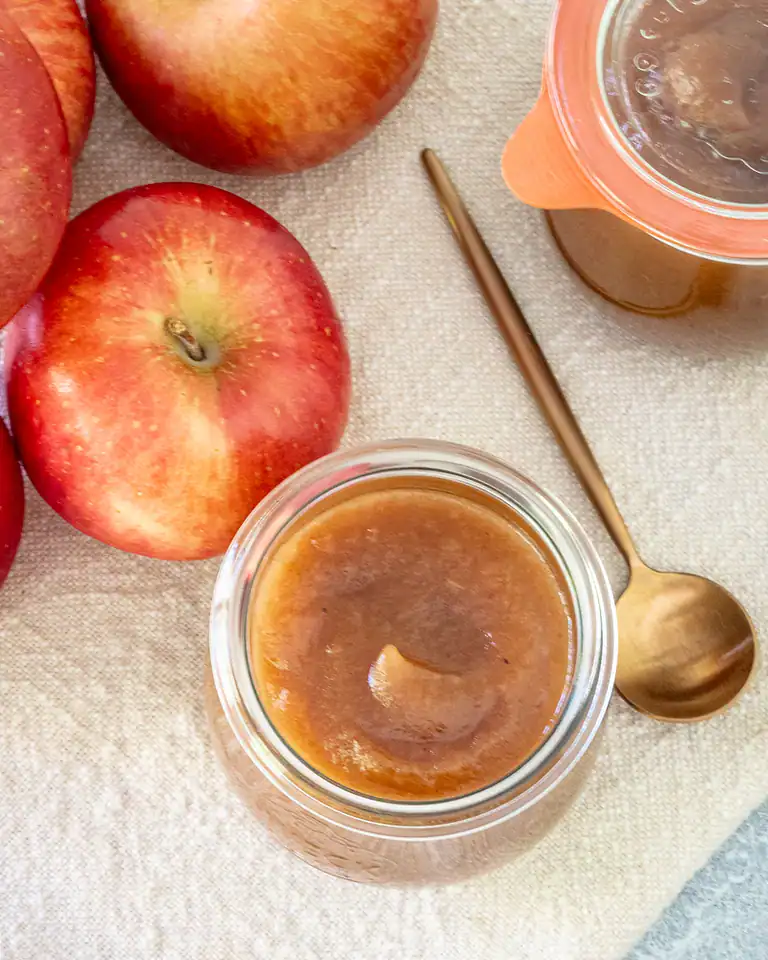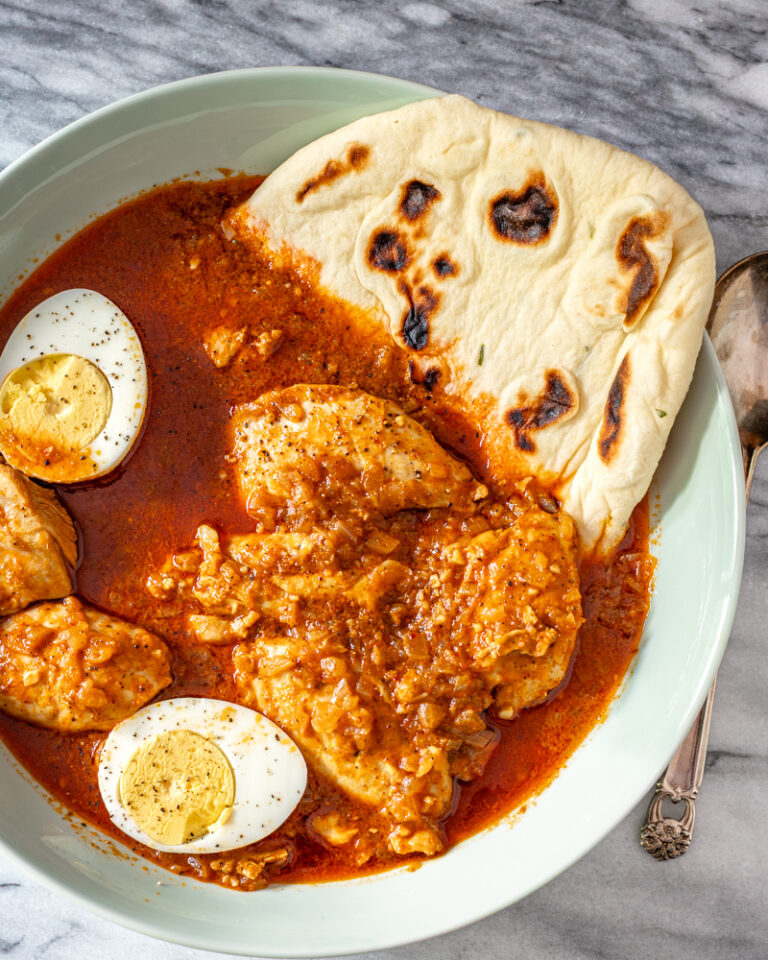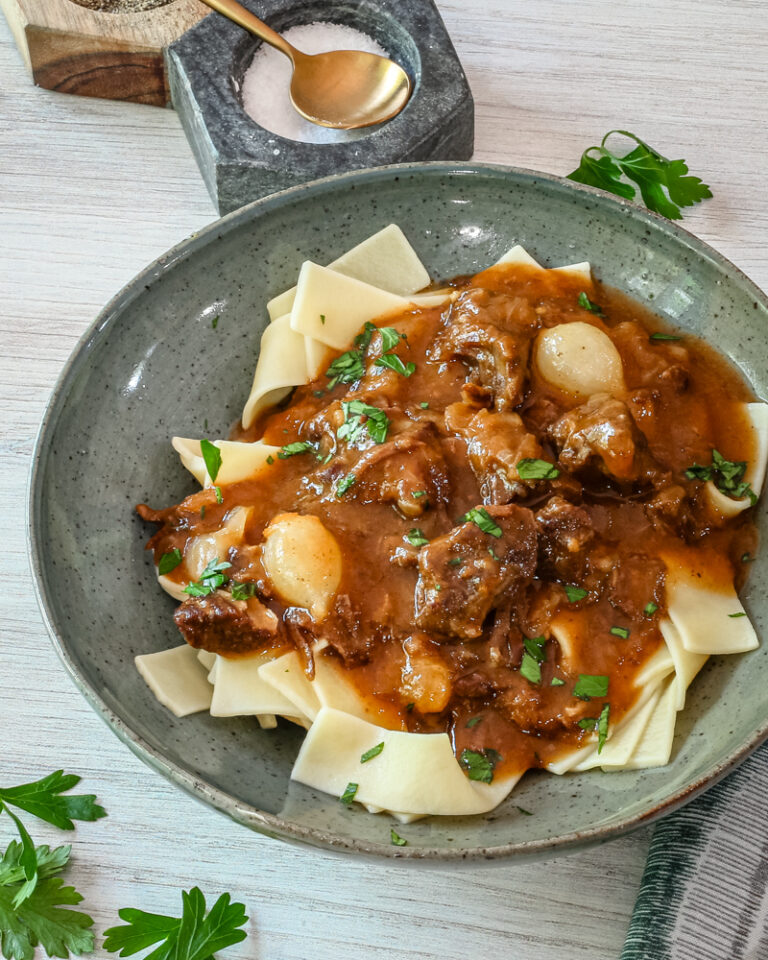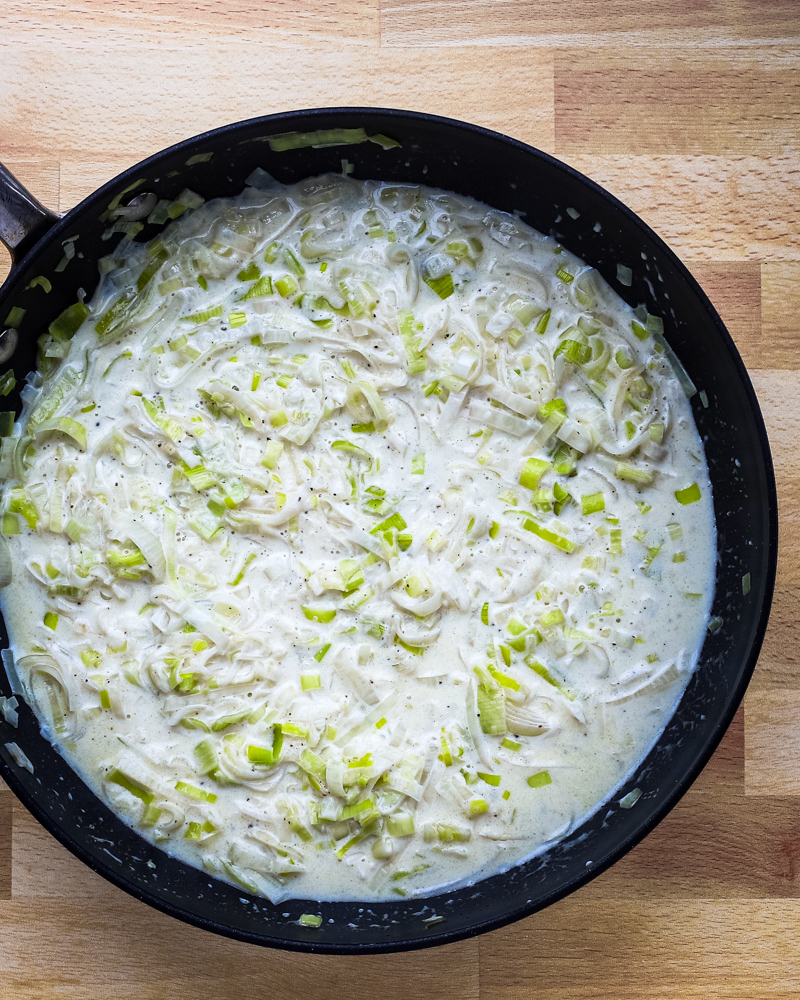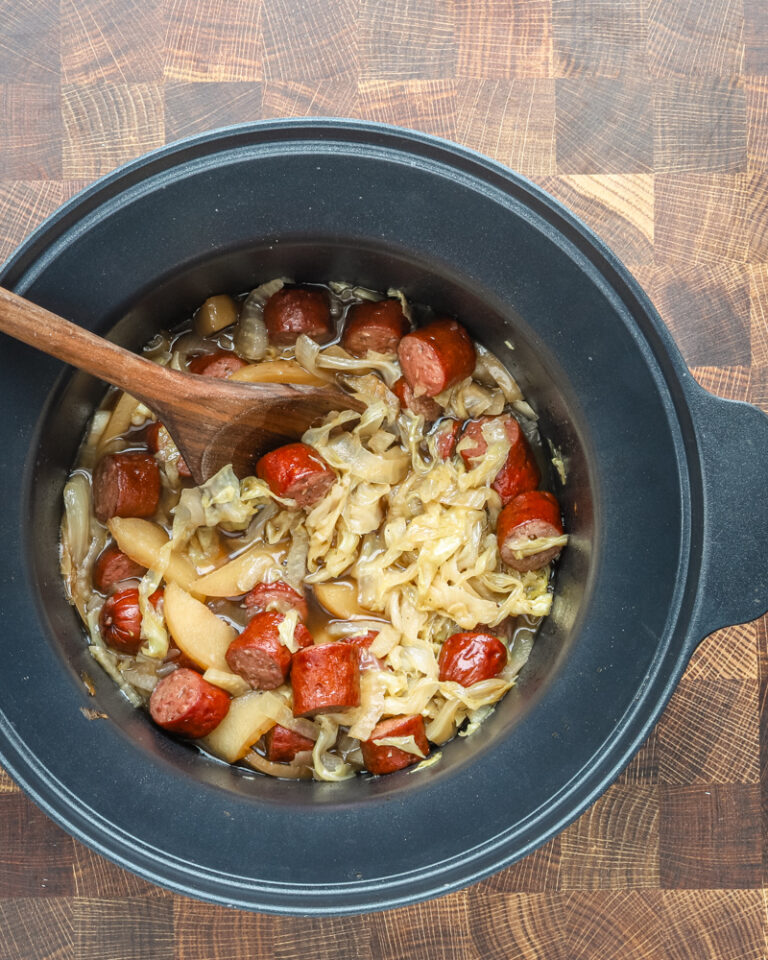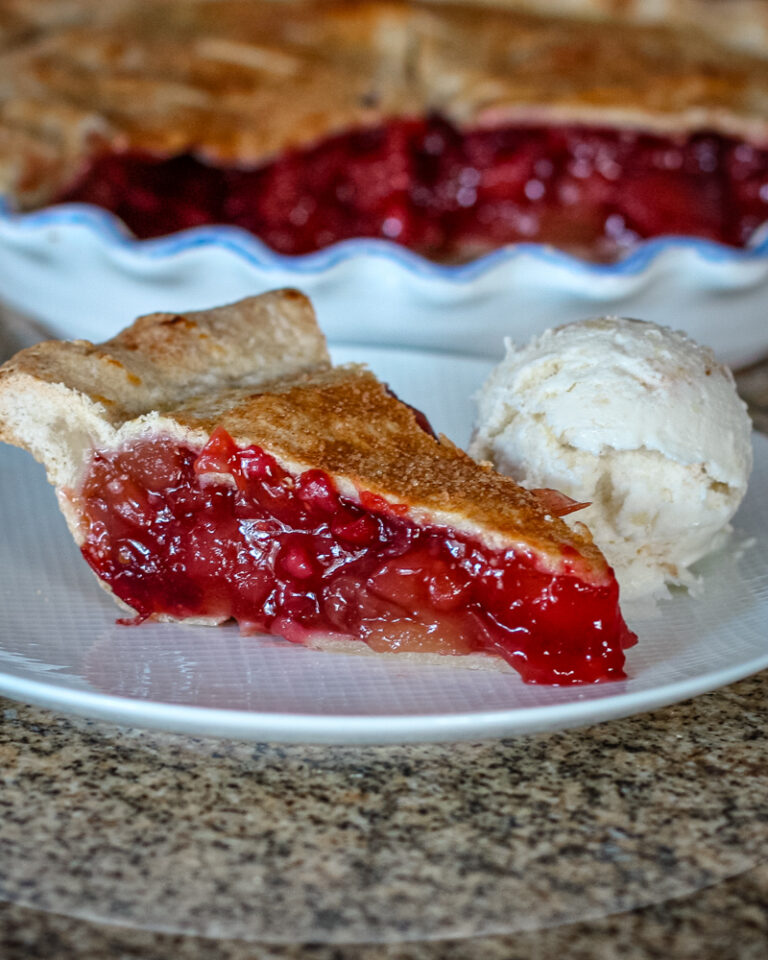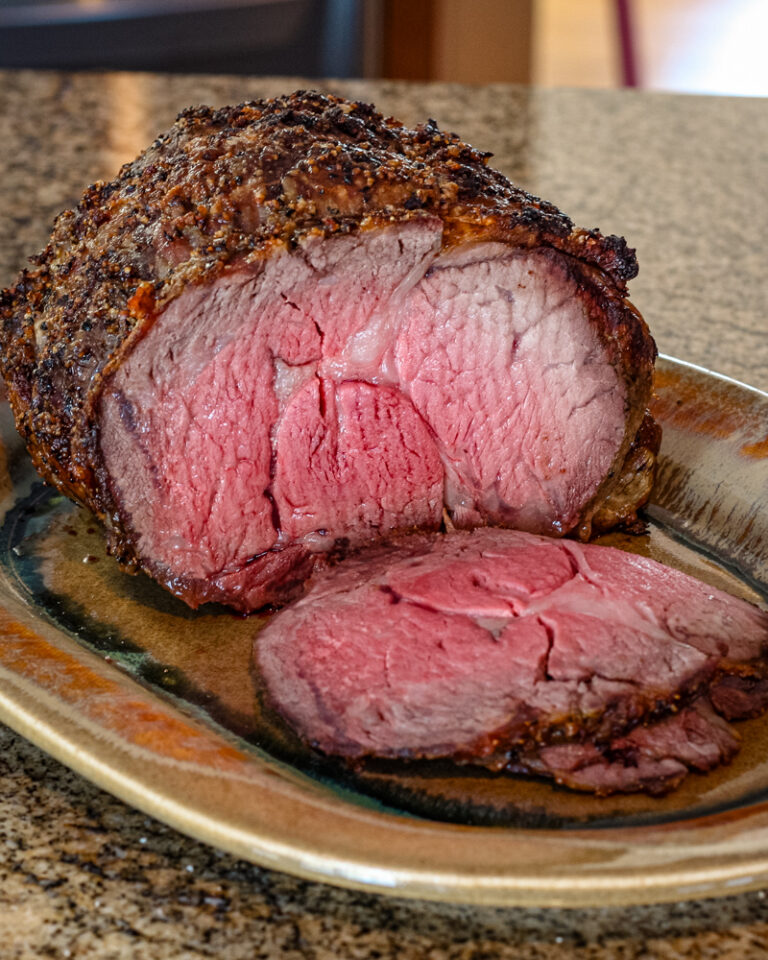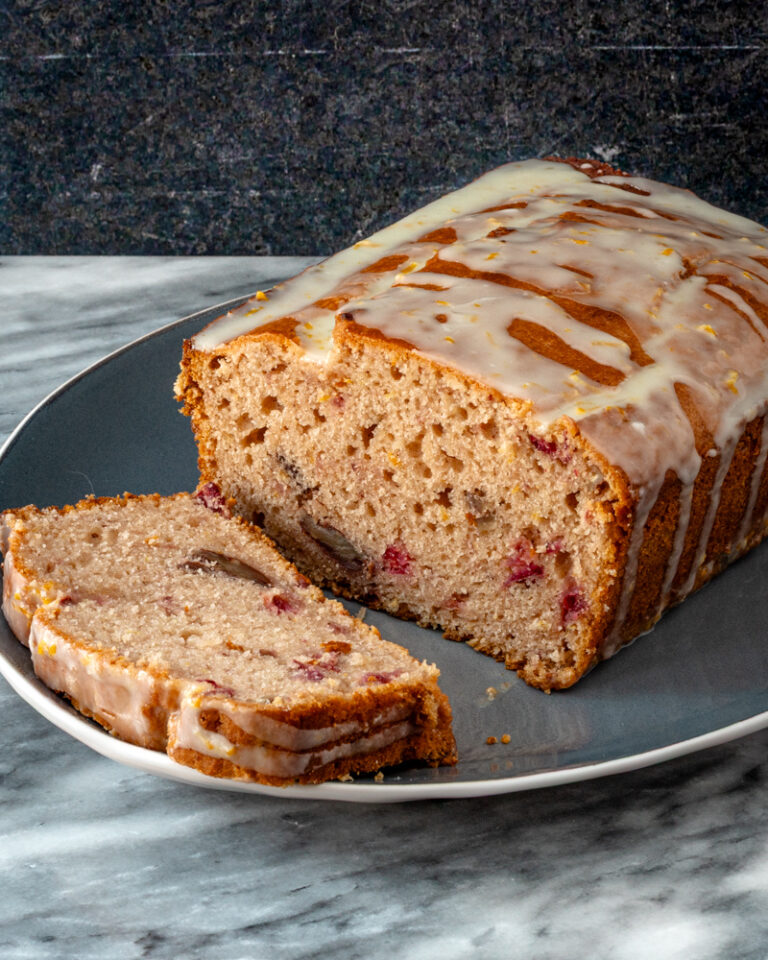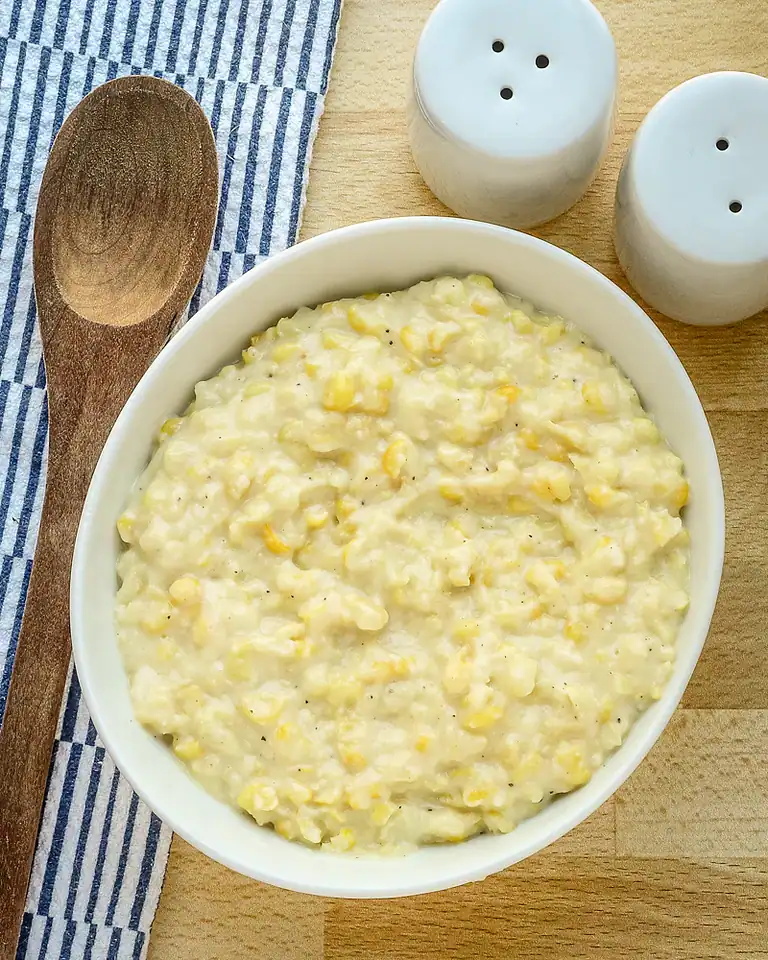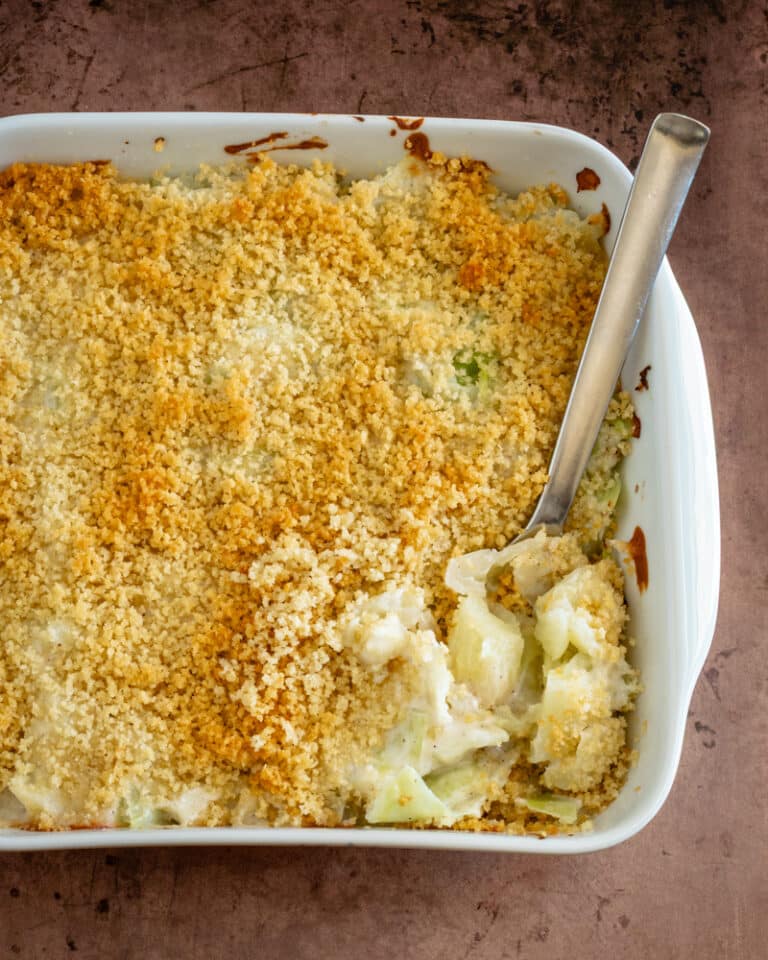Cauliflower Cheese
Enjoy the deliciousness of British cauliflower cheese. It pairs perfectly with any Sunday roast or main course.

Cauliflower cheese is a classic British comfort food dish. In fact, I saw the dish on a British cooking show, and it looked so easy and delicious, I had to try it for myself. It’s a simple, rustic casserole made with a basic bechamel-based sharp cheddar cheese sauce, cauliflower, and a breadcrumb topping. Some recipes call for English mustard, but I used a local brand of European-style Dijon.
One of the best things about cauliflower cheese is its versatility. Serve it with your Sunday roast, steaks, chops, a baked ham dinner, or baked fish. It’s a savory side that goes with just about any main dish. Or, if you’re feeling adventurous, make it the star of the show by pairing it with sautéed greens, a lentil or chickpea salad, or a grain based dish.
Try this cauliflower cheese recipe and keep a copy in your recipe files. It’s sure to be a family favorite!
What You’ll Like About This Recipe
- Classic British flavor. Sharp cheddar provides the signature flavor that defines cauliflower cheese. It’s savory, slightly tangy, and strong enough to stand up to the mild cauliflower without overwhelming it.
- Creamy sauce with proper structure. The butter-and-flour base creates a sauce that coats the cauliflower evenly instead of pooling at the bottom. It stays creamy as it bakes and doesn’t turn grainy or thin.
- Crunchy topping for contrast. Buttery panko crumbs add crispness that balances the creamy sauce underneath. That contrast is what makes the dish feel satisfying rather than one-note.
- Flexible for weeknights or Sunday dinners. This dish works equally well as a quick side for dinner or as part of a traditional roast spread with gravy and vegetables.
Ingredient Notes
- Cauliflower – One large head provides enough florets for a substantial dish. Break into similar-sized pieces so they cook evenly.
- Butter – Unsalted butter gives you full control over seasoning. A small amount is used for the topping, while the rest forms the sauce base.
- Panko crumbs – Lighter and crispier than traditional breadcrumbs, panko creates a better-textured topping.
- Whole milk – Produces the creamiest sauce. Lower-fat milk works but results in a thinner finish.
- All-purpose flour – Thickens the sauce just enough to cling to the cauliflower.
- Cheddar cheese – Sharp cheddar is traditional. Mature British cheddar or extra-sharp cheddar works especially well.
- Mustard – Dijon or English mustard is optional but recommended. It enhances the cheese flavor without tasting mustardy.
Steps to Make Cauliflower Cheese
- Prepare the baking dish and topping first so everything is ready once the sauce is finished.
- Boil the cauliflower briefly until just tender, then drain thoroughly to prevent excess moisture.
- Make the cheese sauce by cooking butter and flour together until smooth, then gradually adding milk.
- Stir constantly as the sauce thickens to ensure a smooth, lump-free texture.
- Add cheese gradually, allowing it to melt fully into the sauce before seasoning.
- Arrange the cauliflower in the baking dish and pour the sauce evenly over the top.
- Finish with the remaining cheese and buttered panko crumbs, then bake until golden brown and bubbling.
Pro Tips
- Drain well – Excess water from the cauliflower can thin the sauce, so drain thoroughly.
- Cheese melting – Add cheese off the heat or over low heat to prevent graininess.
- Sauce thickness – The sauce should be thick enough to coat a spoon before baking.
- Rest briefly – Let the dish sit for a few minutes before serving so the sauce sets slightly.
Recipe Variations
- Bacon and Green Onion: Fry or bake a few strips of bacon until crisp; drain and crumble it. Sauté 3 to 4 sliced green onions (save some of the dark green for garnish) in the butter for 2 to 3 minutes, then add the flour and make the sauce as directed. Add the bacon to the sauce.
- Ham and Gruyère Cauliflower Cheese: Replace the cheddar with Gruyère cheese and add 1/2 cup of diced ham to the sauce.
- Herb-Infused: Mix a few tablespoons of fresh herbs to the sauce. Consider parsley, thyme, or chives, or use a combination. The herbs complement the rich cheese.
- Parmesan Topping: Add a few tablespoons of Parmesan cheese to the breadcrumbs for a cheesier crispy topping.
- Broccoli and Cauliflower Cheese: Use half cauliflower florets and half broccoli florets for a colorful dish with loads of flavor and texture.
What to Serve With Cauliflower Cheese
- Roasts: A classic pairing with Sunday roast beef or roast chicken.
- Ham dinners: Complements glazed ham beautifully.
- Fish: Great alongside baked white fish or salmon.
- Steaks or chops: Serve as a creamy contrast to grilled or pan-seared meats.
- Vegetarian mains: Make it the star with a grain salad, lentils, or sautéed greens.
How to Store
- Refrigerate – Store leftovers in an airtight container for up to 3 days. Cool completely before covering.
- Freeze – Freezing is not recommended, as the sauce may separate when thawed.
- Reheat – Warm gently in the oven, covered, until heated through. Uncover briefly to re-crisp the topping.
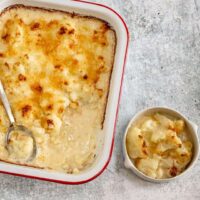
Cauliflower Cheese
Ingredients
- 3 teaspoons unsalted butter, divided
- 4 tablespoons panko crumbs
- 1 large head, about 680 grams cauliflower (broken into florets)
For the Sauce
- 2 cups whole milk, 454 grams
- 4 tablespoons all-purpose flour
- 4 tablespoons unsalted butter
- 1/2 teaspoon Dijon , or English mustard, optional
- 6 ounces sharp cheddar cheese, shredded, divided
- Kosher salt, to taste
- Freshly ground black pepper, to taste
Instructions
- Prepare the Pan and Topping: Heat the oven to 425°F (220°C) and butter a 1 1/2-quart baking dish with 1 teaspoon of butter. Melt the remaining 2 teaspoons of butter and toss with the panko crumbs. Set aside.
- Boil the Cauliflower: Bring a pot of water to a boil. Add the cauliflower. Boil for 5 minutes. Drain well and transfer it to the prepared baking dish.
- Make the Sauce: Melt the 4 tablespoons of butter over medium heat in the same pot or a medium saucepan. When the butter sizzles, add the flour. Cook, whisking constantly, for 2 minutes. Gradually whisk in the milk and mustard (if using), and continue cooking, whisking constantly, until thickened. Add 1 cup (about 4 ounces) of the shredded cheese and cook until thickened and the cheese has melted. Taste and season with salt and pepper.
- Finish the Dish: Pour the cheese sauce over the cauliflower florets and top with the remaining cheese. Sprinkle with the buttered panko crumbs.
- Bake: Bake the cauliflower cheese for 15 to 18 minutes or until bubbling and browned.
- Serve: Serve as a side dish. Enjoy!
Nutrition
Disclaimer:
Our nutritional information is based on a third-party application that analyzes the ingredients list to determine the values. The information is meant to be helpful, but should be considered an estimate. Values may differ depending on measurements, brands, serving variations, and database availability.

